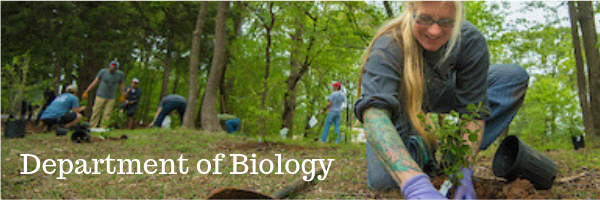
Faculty and Student Publications
Document Type
Article
Publication Date
6-1-2019
Abstract
© 2019 by the authors. The horned passalus (Odontotaenius disjunctus) is one of the most extensively studied saproxylic beetles in the eastern United States. For several decades this species has been the subject of investigations into the behaviors associated with subsociality as well as physiological responses to stress, and, most recently, the composition of its gut microbiome has been closely examined. However, no published study to date has characterized this beetle’s broad-scale population genetic structure. Here, we conducted intensive geographic sampling throughout the southern Appalachian Mountains and surrounding areas and then assessed mitochondrial DNA (mtDNA) sequence variation among individuals. Unexpectedly, we discovered two divergent, yet broadly sympatric, mtDNA clades. Indeed, the magnitude of divergence between- vs. within-clades ranged from 5.9 to 7.5×, depending on the dataset under consideration, and members of the two lineages were often syntopic (i.e., found in the same rotting log). Given the potential implications for past and future studies on behavior, physiology, and the gut microbiome, we developed a simple cost-efficient molecular assay (i.e., polymerase chain reaction restriction fragment length polymorphism; PCR-RFLP) to rapidly determine mtDNA clade membership of O. disjunctus individuals. We suggest that the evolutionary processes that gave rise to the emergence and persistence of divergent sympatric lineages reported here warrant investigation, as this type of spatial-genetic pattern appears to be rare among southern Appalachian forest invertebrates.
Relational Format
journal article
Recommended Citation
Garrick, R., Dickinson, T., Reppel, D., & Yi, R. (2019). Two Divergent Genetic Lineages within the Horned Passalus Beetle, Odontotaenius disjunctus (Coleoptera: Passalidae): An Emerging Model for Insect Behavior, Physiology, and Microbiome Research. Insects, 10(6), 159. https://doi.org/10.3390/insects10060159
DOI
10.3390/insects10060159
Accessibility Status
Searchable text

